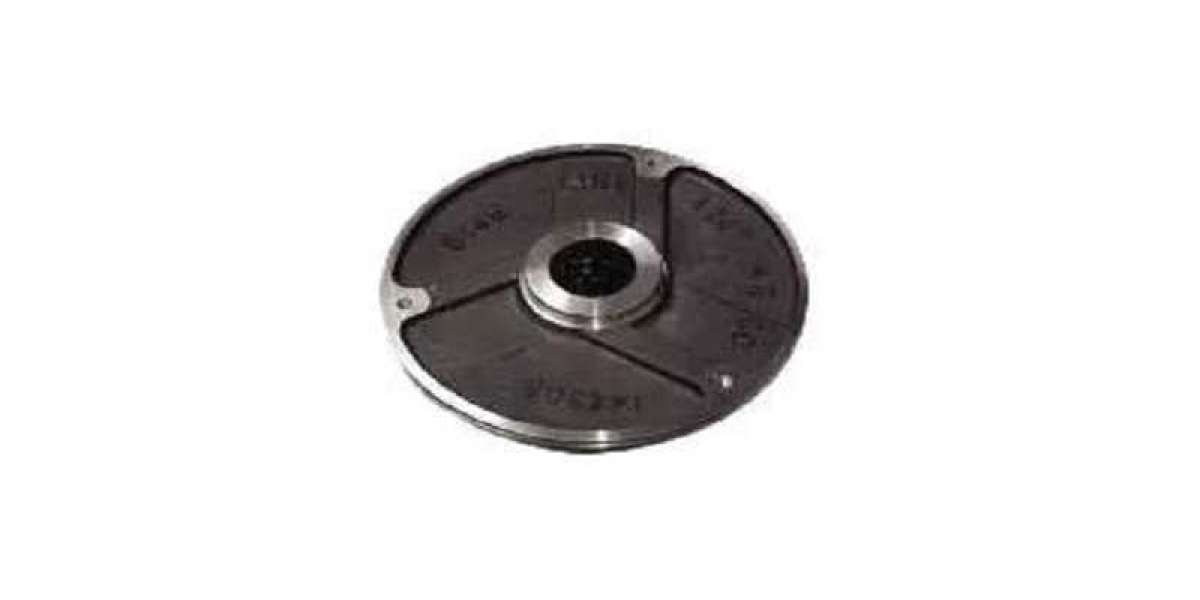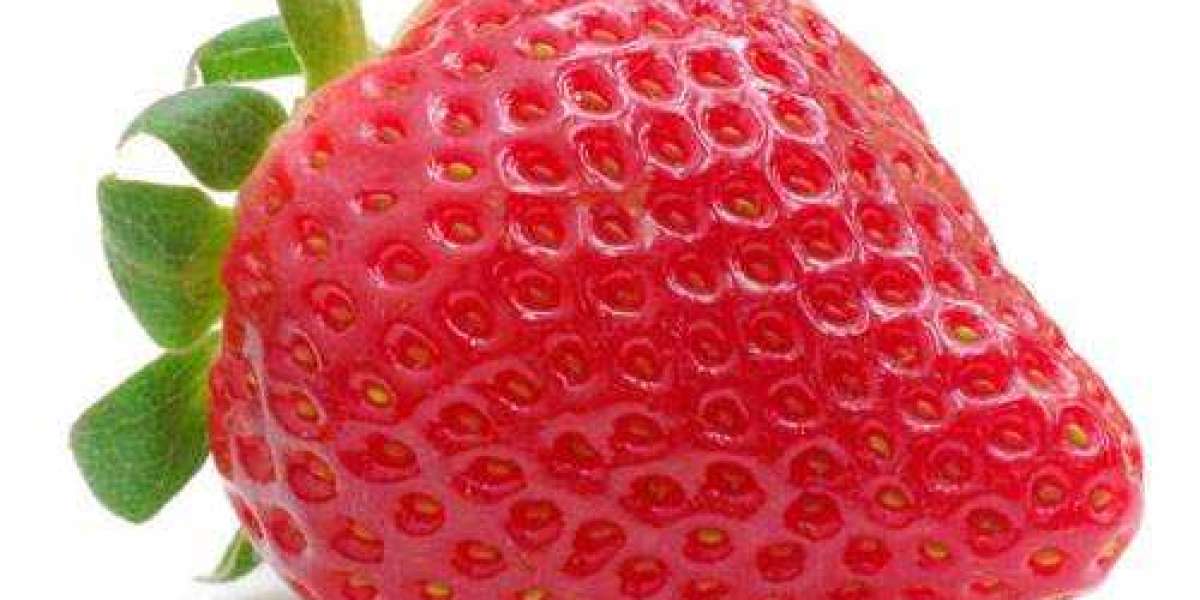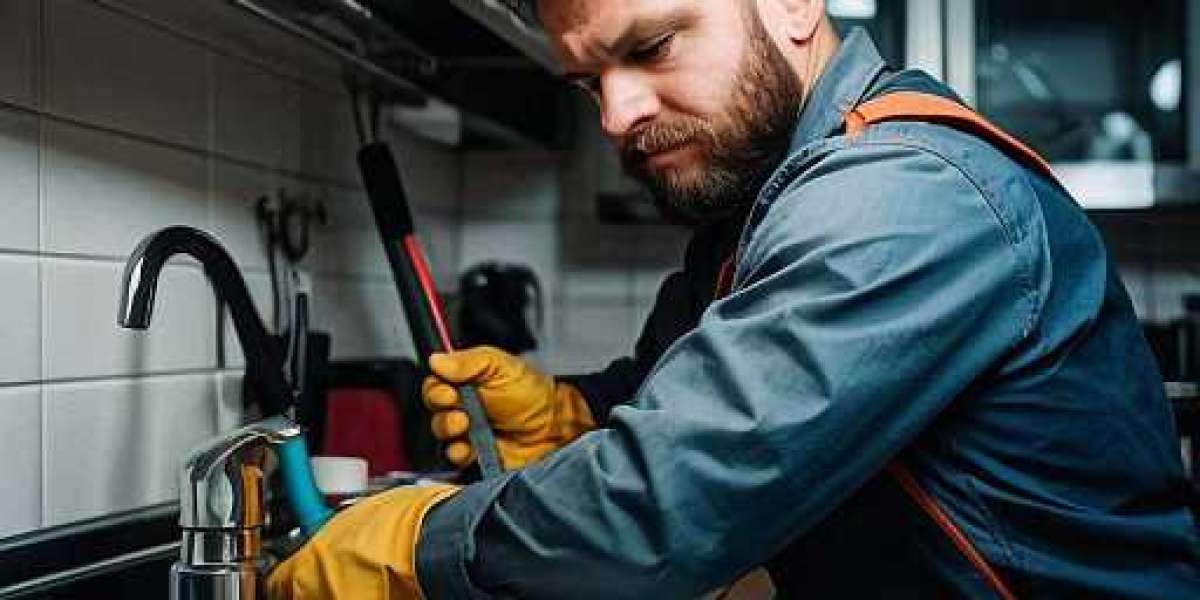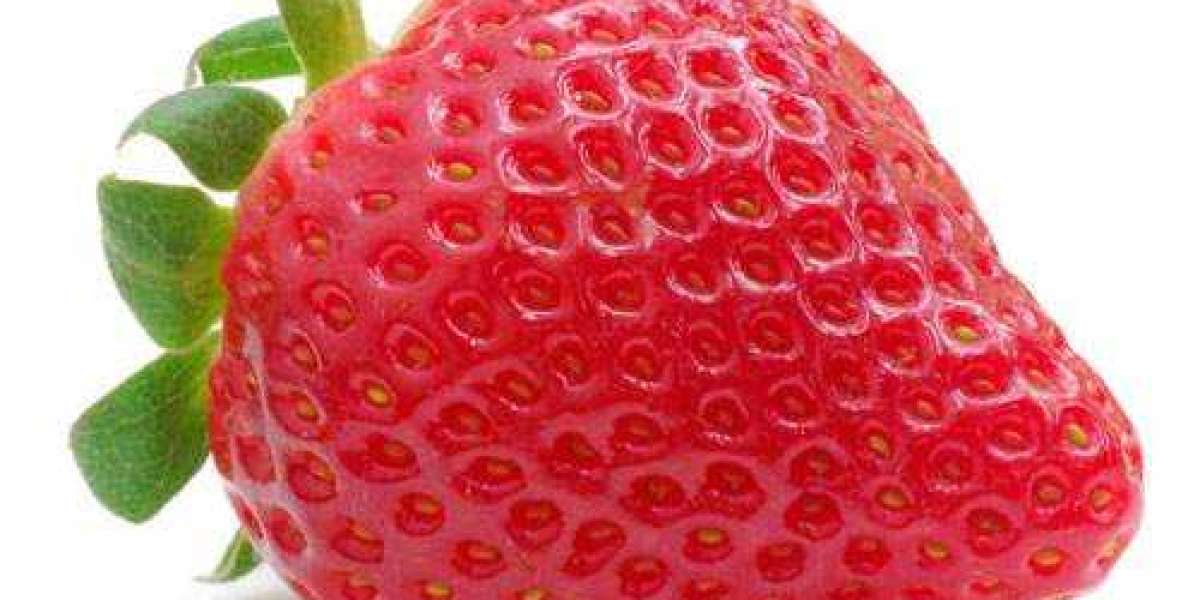The field of duplex steel casting has seen significant innovations over the years, driven by the need for better performance, efficiency, and sustainability in manufacturing. These advancements have not only improved the quality of duplex steel castings but also expanded their applications across various industries.
Advanced Melting Techniques
One of the key innovations in duplex steel casting is the development of advanced melting techniques. Traditional methods have been refined to achieve more precise control over the chemical composition of the steel. Techniques such as vacuum induction melting (VIM) and vacuum arc remelting (VAR) have been adopted to produce high-purity duplex steel with fewer impurities and defects. These methods ensure a more consistent microstructure, enhancing the mechanical properties and corrosion resistance of the final product.
Enhanced Mold Materials
The materials used for molds in duplex steel casting have also seen significant improvements. Newer mold materials can withstand higher temperatures and provide better thermal conductivity, leading to more accurate and defect-free castings. Ceramic molds, for instance, have become popular due to their ability to produce smoother surface finishes and finer details in cast components. These advancements in mold technology have enabled the production of more complex and precise castings, meeting the stringent requirements of modern industries.
Automated Casting Processes
Automation has played a crucial role in the evolution of duplex steel casting processes. Automated casting systems reduce human error, increase production efficiency, and ensure consistent quality. Computer-controlled casting machines can precisely control the pouring of molten steel, cooling rates, and other critical parameters. This level of control minimizes the occurrence of casting defects such as porosity, shrinkage, and cracks, resulting in higher-quality products. Moreover, automation allows for real-time monitoring and adjustments, ensuring optimal process conditions.
Sustainable Practices
Sustainability has become a focal point in the manufacturing industry, and duplex steel casting is no exception. Innovations aimed at reducing the environmental impact of casting processes have been implemented. For example, recycling scrap steel and reusing it in the casting process reduces waste and conserves resources. Additionally, advancements in energy-efficient furnaces and reduced emissions technologies contribute to greener manufacturing practices. These sustainable practices not only benefit the environment but also reduce operational costs for Duplex Steel Casting Manufacturers.
3D Printing and Additive Manufacturing
The integration of 3D printing and additive manufacturing technologies with duplex steel casting has opened new possibilities for producing complex components. These technologies allow for the creation of intricate designs that would be challenging or impossible to achieve with traditional casting methods. By combining 3D printing with casting, manufacturers can produce prototypes quickly, test new designs, and bring innovative products to market faster. This hybrid approach enhances design flexibility and reduces lead times.
In summary, the innovations in duplex steel casting processes have significantly enhanced the quality, efficiency, and sustainability of manufacturing. Advanced melting techniques, improved mold materials, automation, sustainable practices, and the integration of 3D printing are driving the industry forward. These advancements are not only meeting the evolving needs of various sectors but also paving the way for future developments in duplex steel casting.








